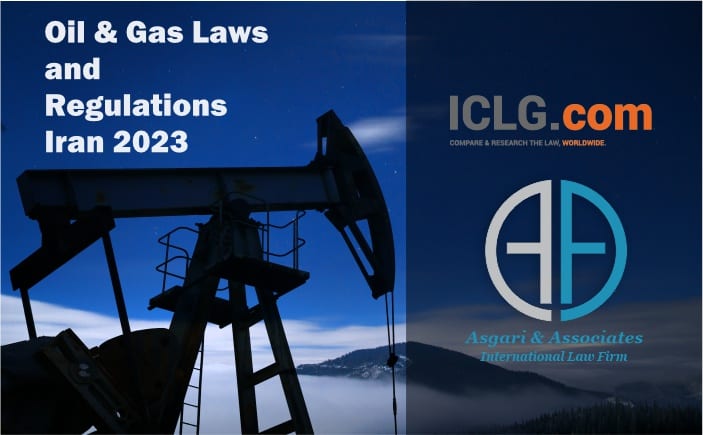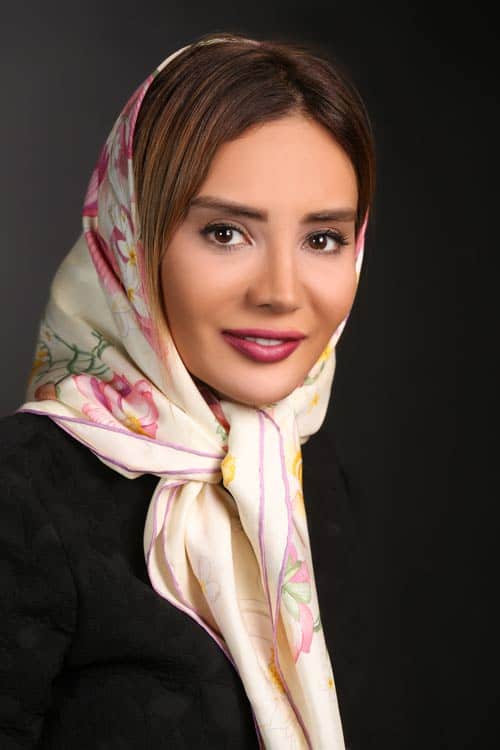1.1 A brief outline of your jurisdiction’s natural gas sector, including a general description of: natural gas reserves; natural gas production including the extent to which production is associated or non-associated natural gas; import and export of natural gas, including liquefied natural gas (“LNG”) liquefaction and export facilities, and/or receiving and re-gasification facilities (“LNG facilities”); natural gas pipeline transportation and distribution/transmission network; natural gas storage; and commodity sales and trading.
Iran holds the world’s second-largest natural gas reserves. The natural resources are estimated at 133 trillion cubic metres (116.5 trillion cubic feet), of which 33% is associated gas and 67% is in non-associated gas fields.
According to the National Iranian Gas Company (NIGC) report, national gas production in Iran increased by 4 billion cubic metres in 2022 at a pace of roughly 840–850 million cubic metres per day.
South Pars is the largest gas field reserve in the world, located in the Iranian waters of the Persian Gulf. Iran shares the field with Qatar, holding approximately 50% of the Iranian domestic gas reserve. It is divided into 24 standard phases of development in the first stage, and most of the phases are fully operational.
Kish is another gas field close to Kish Island, which is under development and is expected to start commercial production in 2023.
Farzad is another offshore gas field in the Fars Province that Iran shared with Saudi Arabia. Iran planned to develop it through an Indian consortium that had discovered the field in 2008 as part of an Exploration Service Contract (ESC). However, negotiations on a Development Service Contract remained inconclusive due to complex terms and international sanctions on Iran. Iran finally decided to develop the field through an Iranian company in 2021.
Another major gas field is the Balal (Belal) gas field, developed at a water depth of 70 m in the Persian Gulf near Iran’s maritime border with Qatar. Petropars, a subsidiary of the National Iranian Oil Company (NIOC), has been managing this project’s development since 2019.
Forouz B is one of the developed gas fields between Kish, Sirri, and Farour Island, producing natural gas and condensate since 2010.
Iran has two main gas storage facilities and plans to develop 14 more, including the Bidboland Persian Gulf gas refining facility in Mahshahr, Shourije 1 & 2, the natural gas storage facility in the Khorasan Razavi Province, the most extensive gas storage facility in Iran and the Middle East, the Sarajeh underground storage facility near Qom, Gezel Tappeh, and one of the country’s most exceptional hydrocarbon fields in terms of temperature and pressure, Nasrabad and Yortsha.
Iran exports natural gas by pipeline to Turkey, Armenia, Azerbaijan, and Iraq, receiving imports from Azerbaijan and Turkmenistan. Iran’s natural gas exports to Armenia and Azerbaijan are based on a long-term swap agreement. Russia and Iran are currently negotiating a swap agreement for importing Russian gas to Iran in exchange for Iranian oil.
Iran accounts for 35% of the total active and operational transmission pipeline length in the Middle East from more than 90 pipelines, making the country the leading country in the region.
One critical upcoming transmission project is the Iranian Gas Trunkline-IGAT XI, an onshore gas pipeline that extends from Bushehr to Tehran. The Iran-Oman gas pipeline is also a pipeline project that would run from Iran to Oman.
At the moment, Iran has no functional LNG plant. However, recently, NIGC has invited investors to submit proposals for building small LNG units. Iran has planned four LNG plants targeting European, Indian, and Far Eastern countries and two gas-to-liquid (GTL) facilities.



